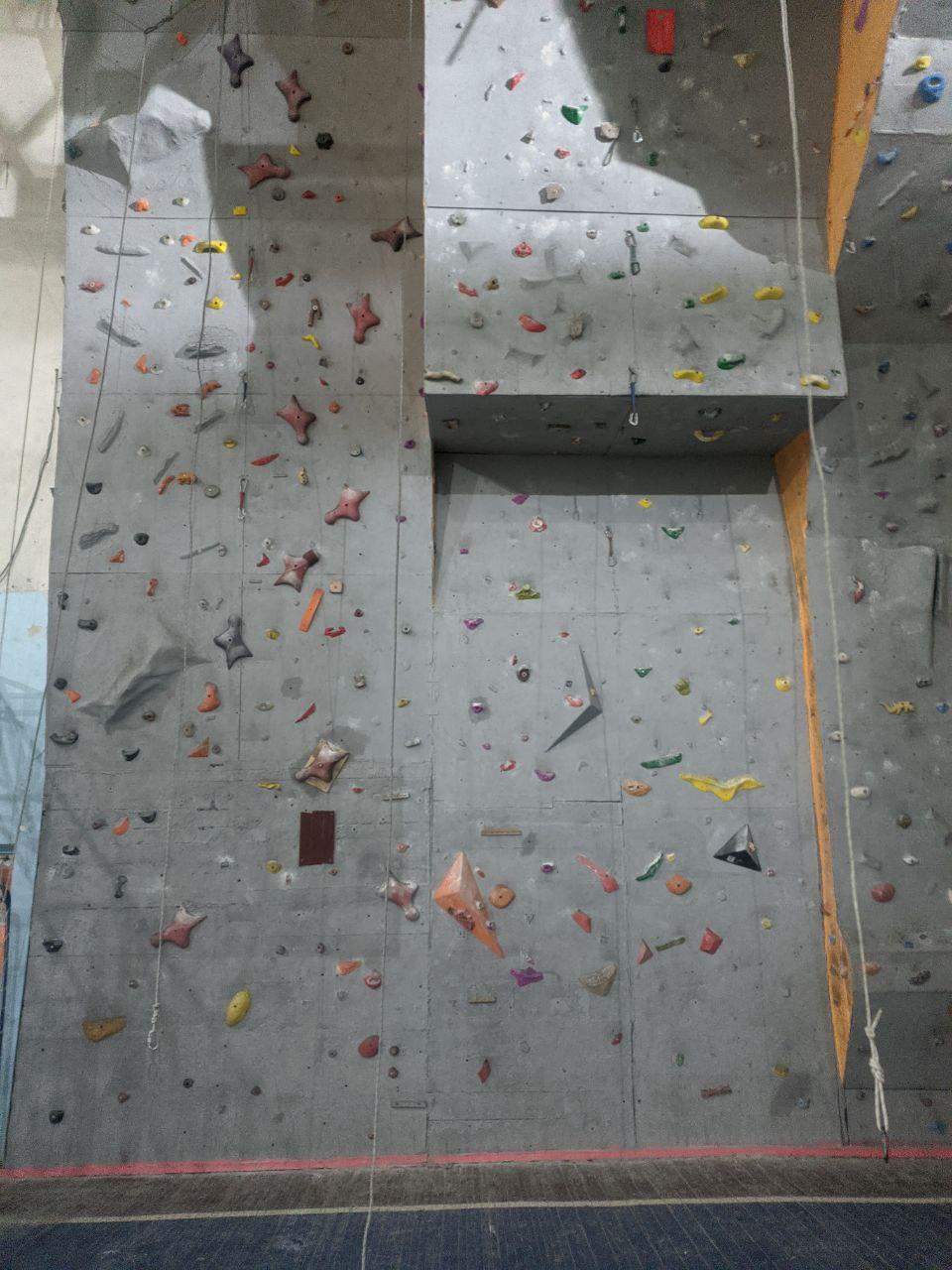Climbers Wear Skis on Their Back on New Alpine Climb
General News
1
Posts
1
Posters
121
Views
1
Watching
-
The M6 AI5 was established in the Mont Blanc massif in a quick time up and down
The post Climbers Wear Skis on Their Back on New Alpine Climb appeared first on Gripped Magazine.

Climbers Wear Skis on Their Backs on New Alpine Climb - Gripped Magazine
The M6 AI5 was established in the Mont Blanc massif in a quick time up and down

Gripped Magazine (gripped.com)
-
 S Sport Channel shared this topic on
S Sport Channel shared this topic on
